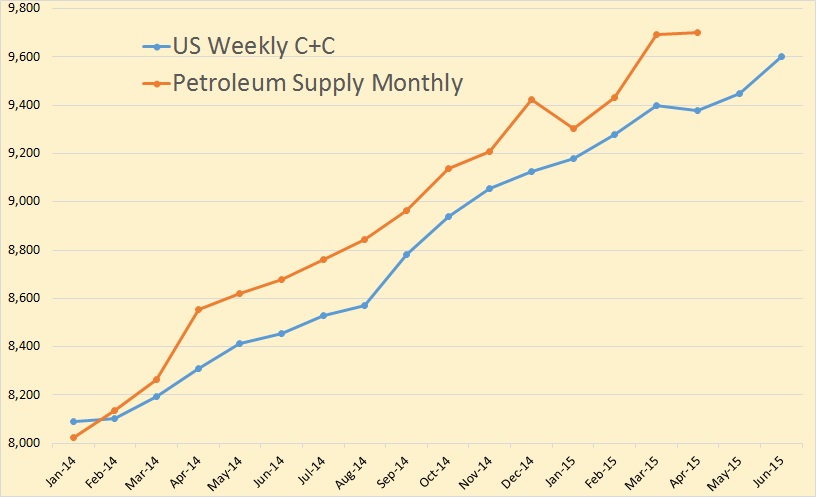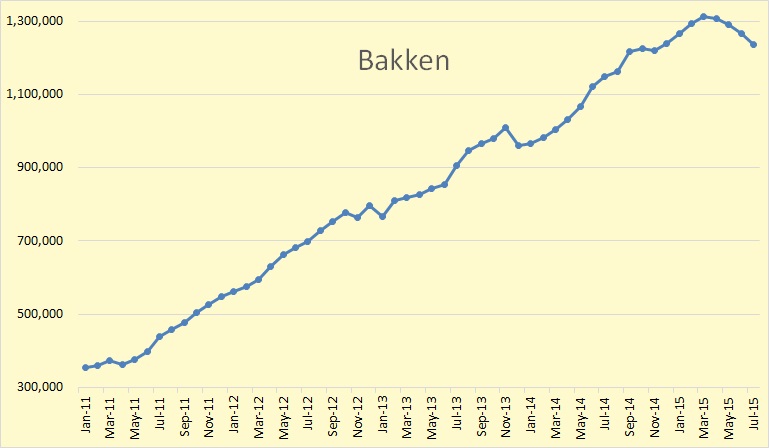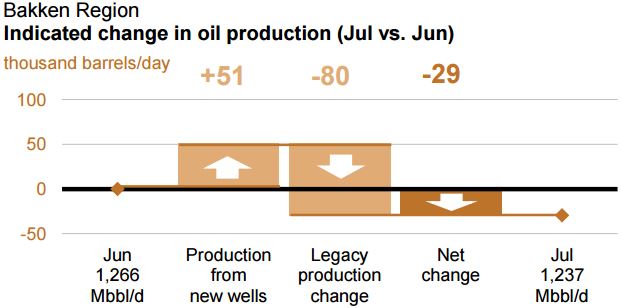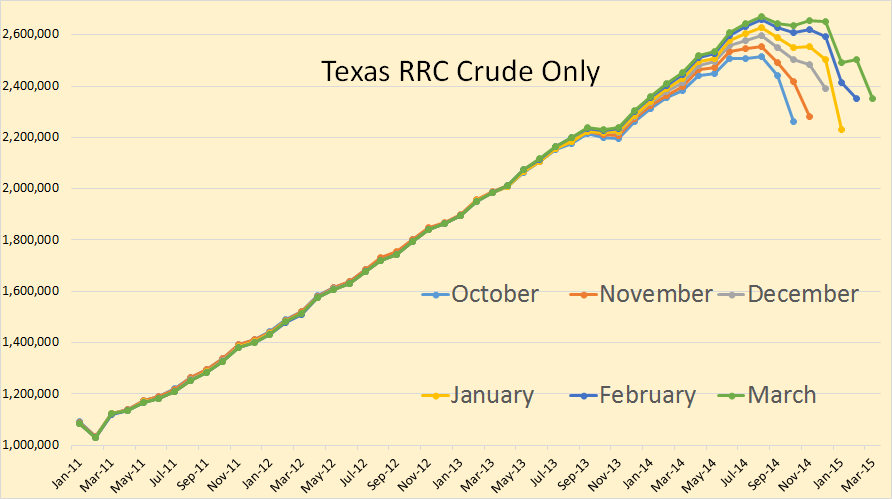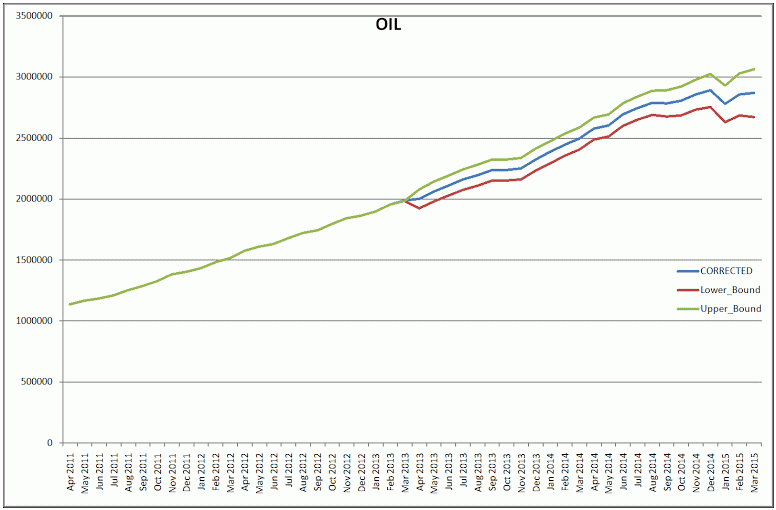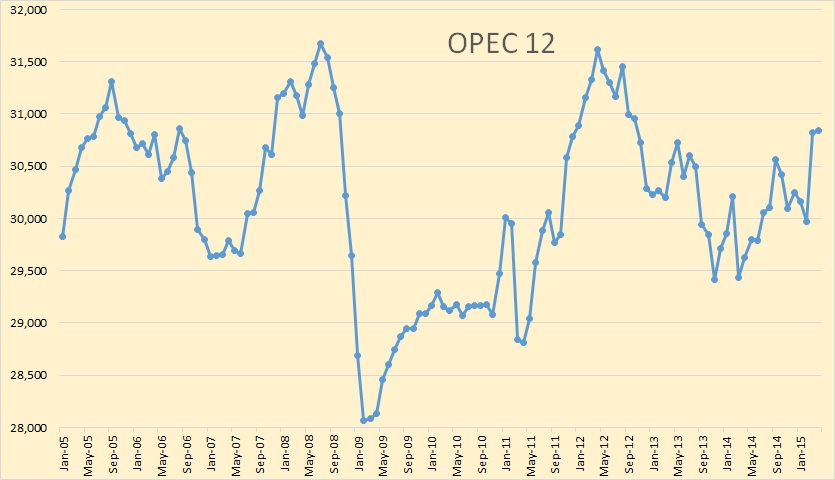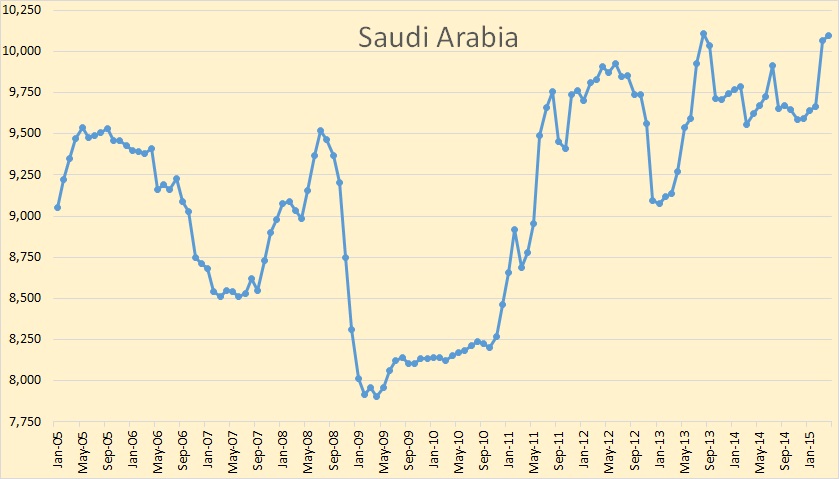This is a guest post by Dennis Coyne
The views expressed are those of Dennis Coyne and do not necessarily reflect the views of Ron Patterson.

The post that follows relies heavily on the previous work of both Paul Pukite (aka Webhubbletelescope) and Jean Laherrere and I thank them both for sharing their knowledge, any mistakes are my responsibility.
In a previous post I presented a simplified Oil Shock model that closely followed a 2013 estimate of World C+C Ultimately Recoverable Resources (URR) by Jean Laherrere of 2700 Gb, where 2200 Gb was from crude plus condensate less extra heavy oil (C+C-XH) and 500 Gb was from extra heavy (XH) oil resources in the Canadian and Venezuelan oil sands.
In the analysis here I use the Hubbert Linearization (HL) method to estimate World C+C-XH URR to be about 2500 Gb. The creaming curve method preferred by Jean Laherrere suggests the lower URR of 2200 Gb, if we assume only 200 Gb of future reserve growth and oil discovery.
Previously, I have shown that US oil reserve growth (of proved plus probable reserves) was 63% from 1980 to 2005. If we assume all of the 200 Gb of reserves added to the URR=2200 Gb model are from oil discoveries and that in a URR=2500 Gb, oil discoveries are also 200 Gb, then 300 Gb of reserve growth would be needed over all future years (we will use 90 years to 2100) or about 35% reserve growth on the 850 Gb of 2P (proved plus probable) reserves in 2010. I conclude that a URR of 2500 Gb for C+C-XH is quite conservative.
A problem with the Hubbert Linearization method is that there is a tendency to underestimate URR.
